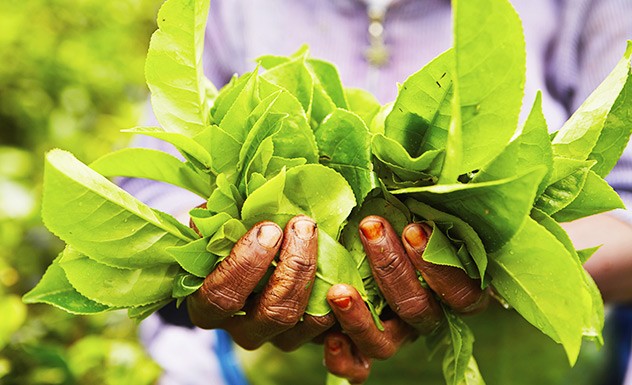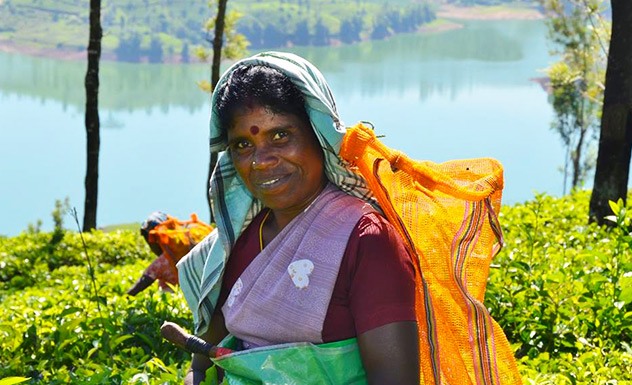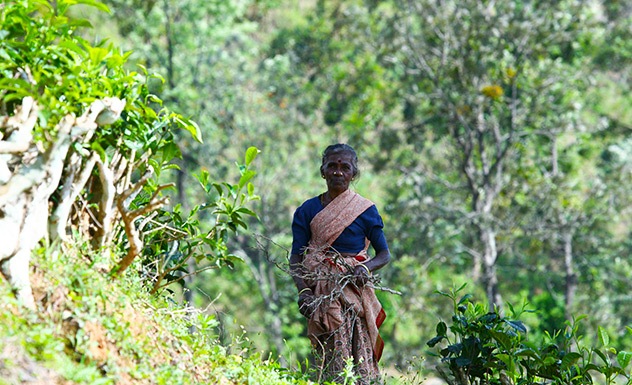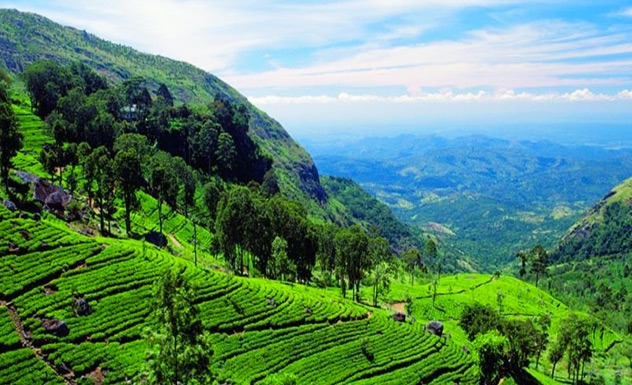A visit to a tea factory in the tea country
Sri Lanka is one of the world’s largest exporters of tea with a roaring tea industry that dominates the island’s central highlands. Introduced to the country by British tea planter James Taylor in 1867, tea irreversibly changed the topography, and even the demography of the country. In the wake of Sri Lanka’s coffee blight, British planters were quick to discover that tea was a more lucrative industry. As the number of tea estates rose, there was an increased need for human labor. The production of tea involves a tedious procedure of plucking, withering, rolling, oxidizing and drying – a process that requires heavy machines and plenty of manpower. Workers were shipped over from Tamil Nadu in India to maintain the plantations, and these people, an often overlooked ethnic minority in Sri Lanka, are still the main employees in the tea industry today. A visit to a tea factory has become a staple of every Sri Lanka travel itinerary, and for good reason! If you look past the crowds of tourists and the sometimes amusingly gimmicky tea tours on offer, you’ll find a fascinating subject matter – the epic story of the tea industry, a central theme to the story of not only Sri Lanka, but also the post-industrialized world.
Experience Overview
Tea tourism has been long-established in Sri Lanka and almost every tea factory offers a tea tour of some sort. The tours don’t take too long and can be done en route whilst you are travelling through the tea country. Your guide can help you pick out a suitable tea factory based on your route or preferences. Once in the tea factory, you would generally start out in the plantation itself to learn about how tea is cultivated, then visit the factory where ancient machines pre-dating the industrial revolution wither, roll and dry the tea. There is normally a little time at the end of the tour for a tea tasting, either of one specific type of tea or occasionally of the various specialties of that particular factory. Much like a wine tasting, a traditional tea tasting would involve drinking tea (without milk), swilling it around the mouth to get the taste, and then spitting it out into a spittoon. A few tea factories stick to these traditional methods, although the spittoon method is not so popular these days! Some of the larger tea factories can get extremely crowded with tourists so do be prepared for the fact that this is a very touristic experience, but entrance costs are usually nominal or free, and it’s definitely worth your time to pay a visit, even if only to get a chance to see the antique machines at work. If you would prefer a slightly more private tailored experience, this can be arranged by your travel consultant.



